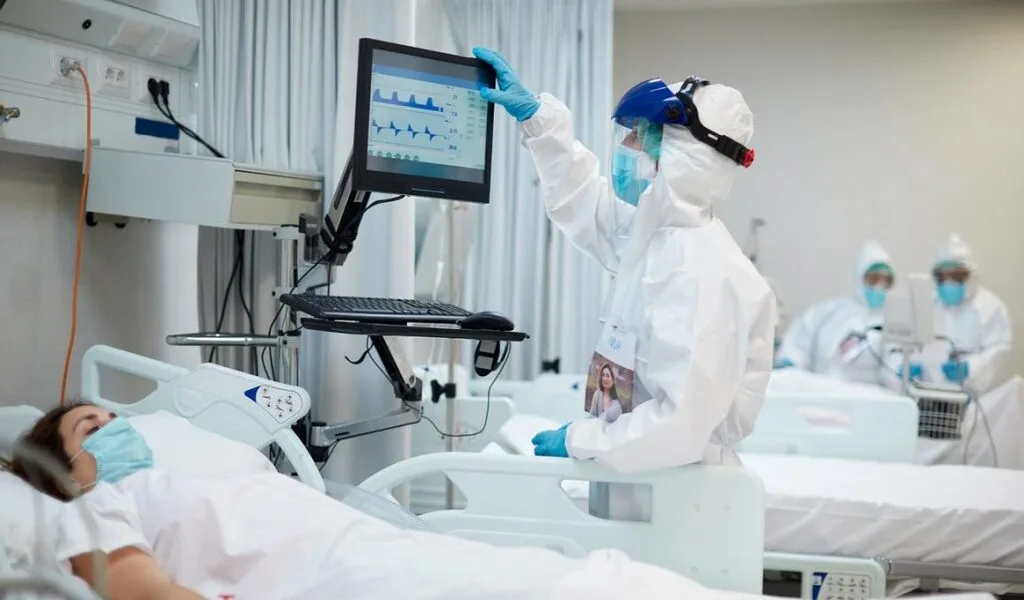Covid-19
Omicron BA.3: What WHO Says About Covid Severity Signals In People

Many people have heard of a Japanese study that came out as a preprint. This is an experimental study looking at hamsters in particular. Specifically, they were looking at whether or not experimentally within hamsters there was a signal of causing more severe disease. “We also look at severity in the real world,” she said.
What Japanese lab study says:
Researchers have recently found that Omicron subvariant BA.2 causes more severe diseases than Omicron subvariant BA.1. Japanese researchers investigated if Omicron BA.2 causes severe diseases in hamsters. According to the preprint, BA.2 may cause severe disease in hamsters.
However, when evaluating severity signals in humans, there was no increased risk of hospitalization among those who had been infected with BA.2 compared to BA.1.
Key things Japanese study said about Omicron BA.2:
The subvariant BA,2, also known as stealth Omicron, that was identified by the Japanese team was characterized by the following:
1) BA.2 appears to be capable of causing “serious illness.” It shows immune escape properties just like sub-variant BA.1. Further, “stealth Omicron” is resistant to treatment with monoclonal antibodies.
2) Despite BA.2 being classified as an Omicron variant, its genomic sequence is very different from BA.1. “This suggests that BA.2 has different virological characteristics from BA.1,” the study said.
A WHO report later clarified that the stealth omicron can cause serious infection in hamsters, but studies among humans have shown that the severity is the same for both subvariants.





























